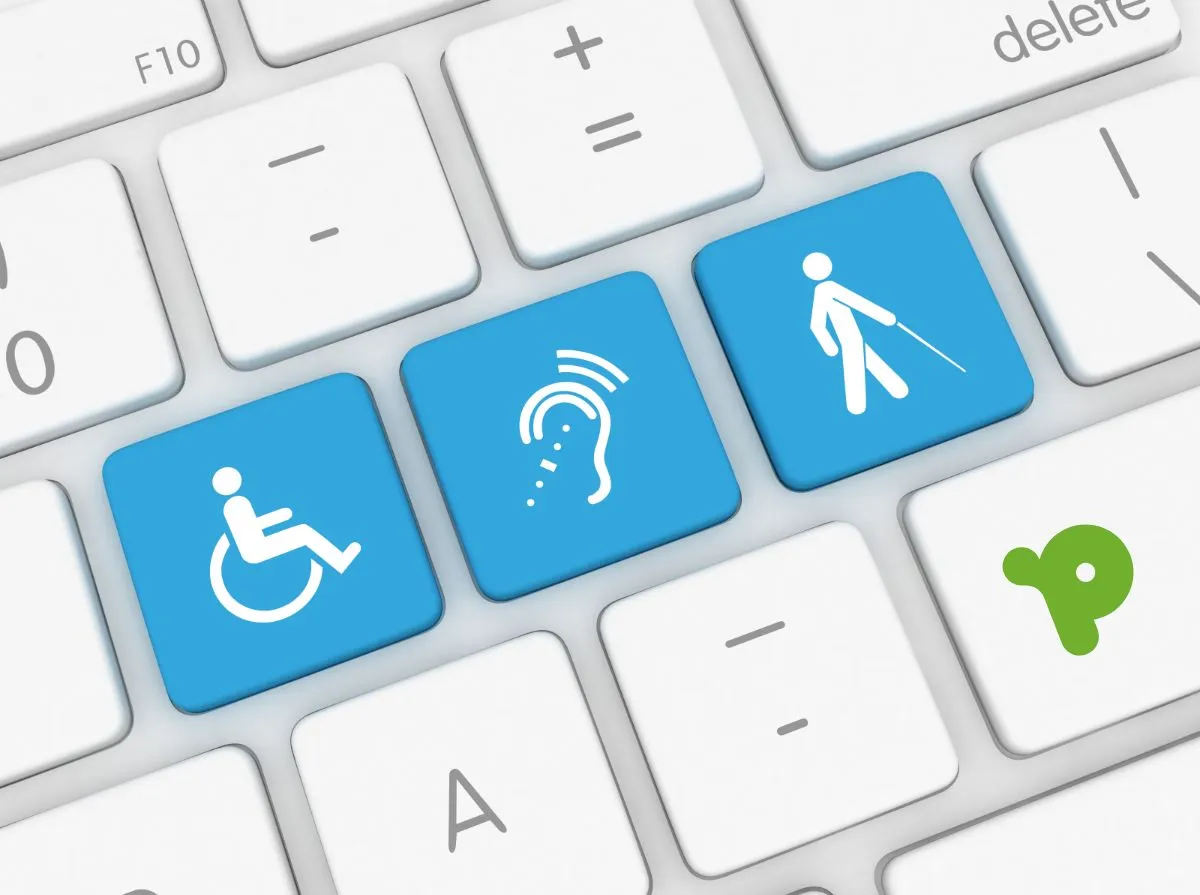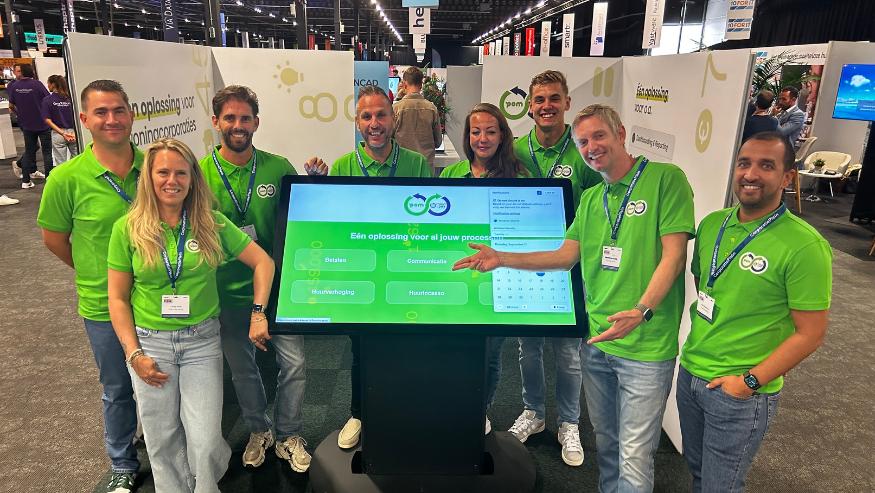Everything about an accessible payment process for the European Accessibility Directive
Just a few more months and the European Accessibility Act (EAA) will come into force. This European Accessibility Directive requires, among other things, that payment processes are accessible to people with disabilities. But what does that mean exactly? On February 20, POM and website specialist Level Level are organizing a webinar where we will tell you all the ins and outs and give you tips for a payment process that is accessible to everyone!

Have you ever been bothered by a cookie notification? And no, not because you find them annoying, awkward, or downright annoying. We really mean having a problem here; that a cookie statement prevents you from visiting a website. Probably not. Just a few clicks with the mouse and the message disappeared, right? Unfortunately, that is not so easy for everyone. Because if you can't use a mouse due to a physical disability and you can't get rid of the message with the keyboard, you're just out of luck. The message remains and you do not enter the website. Did you have to arrange something there? Too bad, then.
At the Rotterdam full-service agency Level Level, they deal with these kinds of issues every day. “We believe that everyone should be able to use the web,” says accessibility consultant Caitlin de Rooij. “When we build a new website, accessibility is not an extra option; it comes as standard in the package. In addition, we use our knowledge and expertise in this area to help other companies make their website or webshop accessible.”
Accessible to everyone
Caitlin notes that with the EAA approaching — the directive will take effect on June 28, 2025 — more and more companies and organizations are wondering what an accessible website exactly means. And whether it is even possible to accommodate everyone. “A website is accessible if it's accessible to everyone,” Caitlin explains. “Regardless of someone's abilities, skills, or limitations, anyone can visit that website.” That goes beyond making a website suitable for visits from a laptop or phone, says Caitlin. “Think of a screen reader for the visually impaired, the comprehensibility of the texts
for elderly and low-literate people, and keyboard control.”
55 criteria
Level Level itself builds websites in accordance with the international Web Content Accessibility Guidelines (WCAG). “This allows you to test how accessible your website is,” says Caitlin. “These are also the criteria that will soon apply to the EAA. This concerns level AA, which is a set of 55 criteria. One such criterion, for example, is that an image has a text alternative. Someone who is blind still knows what is in the image via the screen reader. By the way, Google also likes such a text alternative, so such a criterion is also good for the search engine optimization of your website!”
Everything explained during the webinar
Together with her colleague Walter Ravenhorst, Caitlin will tell you everything organizations need to know about introducing the EAA during the webinar on February 20. “Afterwards, POM's customers were well informed about what an accessible payment process is, what is in the law, what is and what is not covered by the law and what exactly is expected of them.”
Caitlin can well imagine it when an organization feels a little overwhelmed by the many EAA criteria. “It's definitely not easy to comply with it either. In large organizations, there are often many different people who make decisions about the payment process. Prior to joining Level Level, Walter worked at Bol for twenty years. He has done a lot there with accessibility and is very good at explaining how to make this topic manageable in large organizations. He'll also share his top tips for an accessible payment process.”
Loyal customers
Finally, Caitlin wants to say that accessibility is not about small, separate target groups. “It's just about large groups of people. One out of three Dutch people has some form of disability. And 2.5 million people over the age of sixteen are low-literate and digitally incompetent. So if you don't take that into account, you rule them all out. While you want to welcome as many people as possible to your website. And people with disabilities in particular benefit from being able to easily pay for something online. By making your website more accessible and user-friendly, you ensure that people who end up with you stay there and are loyal!”

.webp)
